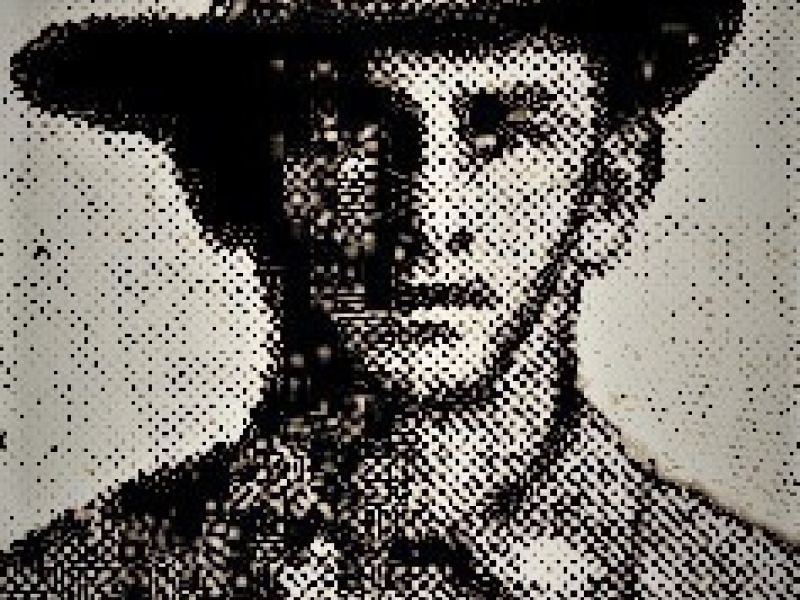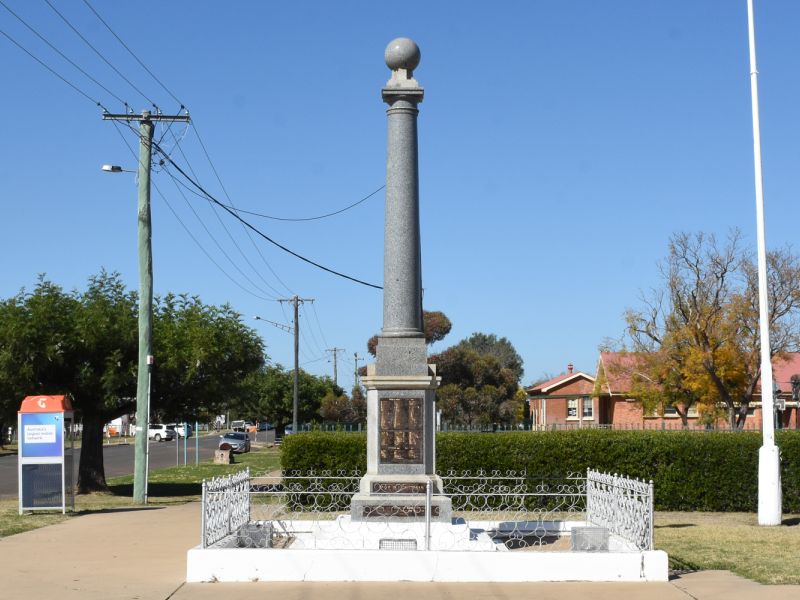2441 Sergeant Edwin Henry Nipperess, 18th Battalion, AIF
Edwin Nipperess was born in 1889 to William and Catherine Nipperess of Boggabri, New South Wales. Known as “Teddy” to his family, Edwin was educated at the local public school and went on to work as a labourer.
Edwin Nipperess enlisted in the Australian Imperial Force in August 1915, a year after the war began. He underwent a period of training in Australia before leaving for active service overseas with reinforcments to the 18th Battalion. After several weeks on board the troopship Themistocles, Nipperess arrived in Egypt and began training in the desert with his battalion.
In March 1916, the 18th Battalion was sent to France to fight on the Western Front. Its first major operation was at the French village of Pozieres, captured by the Australian 1st Division. Suffering heavy casualties during its two spells in the front line, the 18th Battalion was withdrawn to a quieter sector in Belgium for several weeks, returning to the Somme in October.
During the 1916 operations, Private Nipperess had proven an able soldier, and towards the end of the year he received a promotion to lance corporal. Early the following year he was again promoted, and by mid-1917 he held the rank of sergeant.
In February 1917, the Germans on the Somme began withdrawing to a fortified series of trenches known as the Hindenburg Line. The 18th Battalion was involved in following up their withdrawal, patrolling the front line to try to work out what the enemy was doing.
On the night of 26 February, Corporal Nipperess performed an act of startling bravery. He was taking part in a bombing attack against German forces near Warlencourt. Out in no man’s land in the dark, his party found themselves to be largely outnumbered, and were forced to withdraw under a “shower of bombs and machine gun fire at close range.” To get back to their trenches, the bombing party was forced to crawl under some three metres of wire entanglements. Corporal Nipperess guarded the withdrawal, bombing a party of 35 or 40 Germans to keep them at bay until his party had made it under the wire. At that point he noticed three badly wounded Australians near the German parapet. Fearing the wounded would be killed by the enemy, Nipperess dragged them into shell-holes to provide them with protection, and then carried them one at a time through the wire under constant machine-gun fire.
Corporal Nipperess was recommended for a Victoria Cross for his actions on that night. For a number of reasons, the award he received was the Military Medal. In September 1917 his parents received formal notification of the award, with a letter from Base Records saying “his Majesty the King has been graciously pleased to award the Military Medal for bravery in the field to … Lance-Sergeant Edwin Henry Nipperess.” In their pride, the Nipperess family published the details in a local newspaper.
On 20 September 1917, around the same time his parents were receiving notification of his Military Medal, Sergeant Edwin Nipperess took part in the Battle of Menin Road. The operation was largely successful, with the 18th Battalion capturing its objectives. However, even success on the Western Front resulted in casualties. Among those killed during the operation was Edwin Nipperess. His family received notification of his death just days after hearing of his Military Medal.
Sergeant Edwin Nipperess’s body was lost in the confusion of the battlefield, and today he has no known grave. Today he is commemorated alongside more than 54,000 men with no known grave on Menin Gate in Ypres, Belgium. He was 28 years old.
KIA: 20 September 1917
- Edwin Henry Nipperess https://www.awm.gov.au/collection/R1657707

 Australian War Memorial
Australian War Memorial